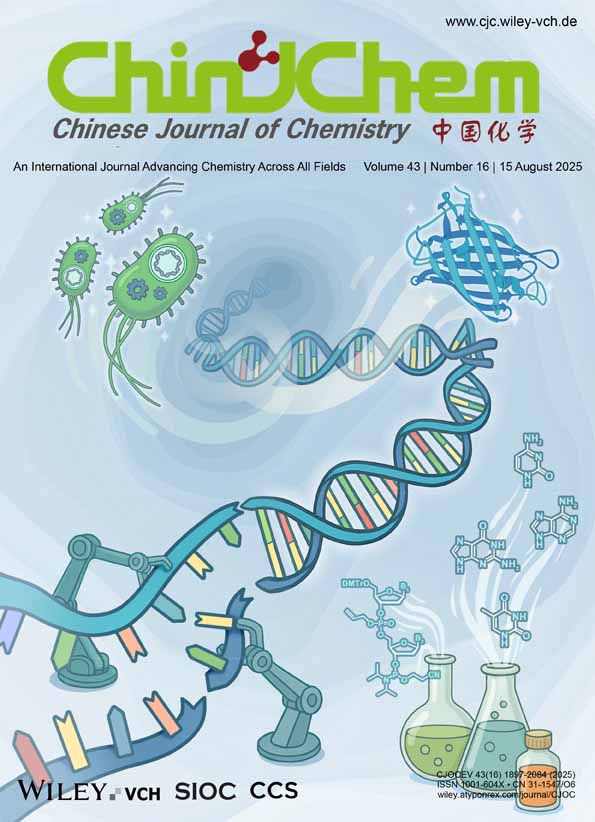Study on the determination of trace rhenium (VII) by the adsorption differential pulse polarography
Abstract
The determination of trace rhenium (VII) by differential pulse polarography in the system of H2SO4-(NHsOH)2 · H2SO4-TeO2−4 is markedly improved by the addition of Nitron, which is adsorbed on the surface of mercury electrode. The limit of detection is down to 2 × 1010 M. The adsorptive peak potential is −0.80 V (vs. SCE). In the ranges of 5 × 1010—10−8, 1 × 10−5—10−7 and 1 × 10−7—10−6M, there are good linear relationships between the peak current increment and the concentration, of which the relative standard deviations are 9.5, 6.6, 1.8% respectively with the correlation coefficients of linear regression of 0.995–0.999. The results relating to this polarographic wave show that it is an adsorption-catalytic wave. The mechanism of the electrode reaction is discussed.




